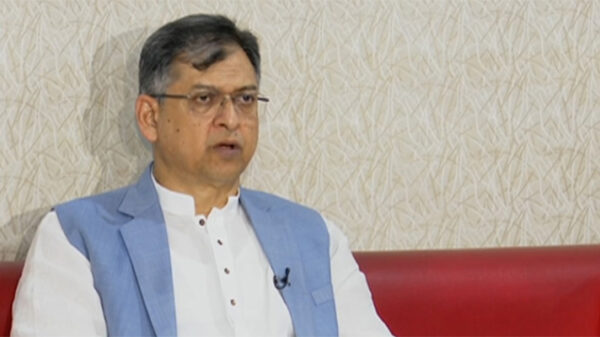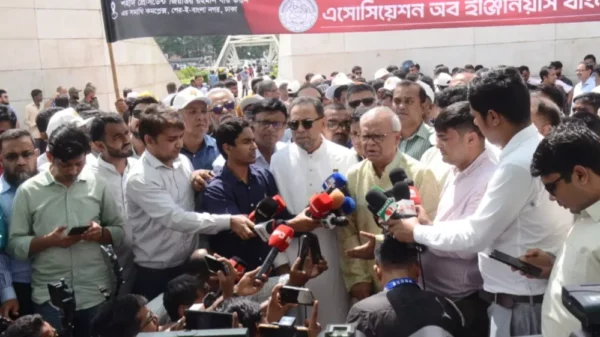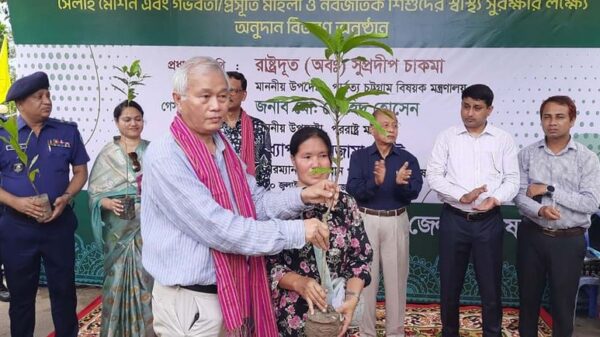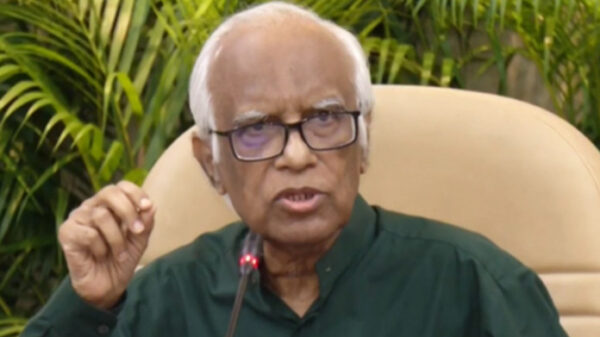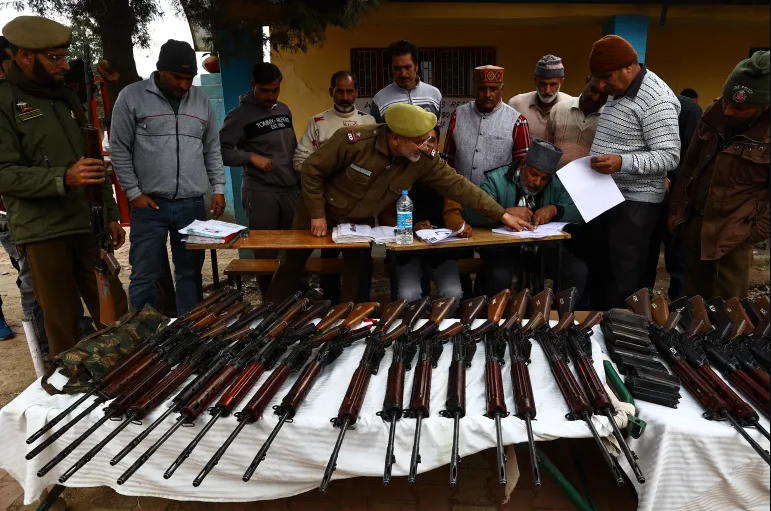Staff Reporter:
As the country is facing a severe heat wave since April 1, setting an all-time record of prolonged heat wave, there is a relief of the natural situation as people have witnessed a significant rainfall with thun-derstorms on Sunday night and yesterday bringing respite from sweltering weather conditions.
“No rainfall was recorded in two western divisions — Khulna and Rajshahi as both the regions bore the brunt of the heat wave as maximum temperatures above 40 degree Celsius were recorded in most weath-er stations at the beginning of last month,” Md Monwar Hossain, meteorologist of Bangladesh Meteoro-logical Department (BMD) told yesterday.
Khulna division is witnessing rainfall yesterday hours after northeastern, central and southeastern parts of the country experienced significant rainfall with thunderstorms, he said, adding Rajshahi division is expected to experience rainfall from tonight.
Although rainfall was reported in only one weather station of Rangpur division last night, the met office forecasted, rainfalls with thunderstorms are likely to occur in more areas of the northern division.
Last night’s rainfall has brought much needed relief bringing down average temperature by three to four degrees Celsius across the country, Monwar said adding mercury has dipped significantly at some weath-er stations up to six degree Celsius meaning very cool weather is prevailing almost entire country.
Unlike previous month of April, residents will get respite from blistering heatwave throughout the month of May as mercury will maintain the tolerable temperature with impact of rainfall and thunder-storms, the BMD meteorologist added.
Chattogram and Rangamati saw a huge rainfall on Sunday overnight and Monday. Chattogram City faced water logging due to incessant rain.
According to the weather bulletin issued by BMD yesterday, Dhaka city and its adjacent districts record-ed a moderate rainfall, he said adding, “The Met Office recorded in Dhaka 36mm rainfall, 37.8mm at Faridpur, 36.8mm at Madaripur, 37mm at Gopalganj, 32mm at Nikli.”
The country’s highest rainfall was recorded in Srimangal with 124mm while 37mm were recorded in Chattogram, 60mm at Rangamati, 28mm at Feni, 17mm at Cox’s Bazar, 22mm at Bandarban, the bulle-tin added.
Monwar said after mid-May, mild to moderate heatwave will sweep some regions including Khulna and Rajshahi and “We are expecting Bangladesh will not face deadly heatwave like the month of April.”
After 33 days of record heatwave spell, northeastern, central and south-eastern parts of Bangladesh wit-nessed much awaited rainfall with thunderstorms last night bringing respite from intense heatwave, Omar Faruq, meteorologist of Bangladesh Meteorological Department (BMD) said.
“Bangladesh is likely to witness heavy to very heavy rainfall with thunderstorms from yesterday and it will continue throughout the month,” commented BMD meteorologist Dr Abul Kalam Mallik, who was
supported by Monwar Hossain as well.
He said as rainfall with thunderstorm will continue hoping to bid farewell the sweltering heat wave that battered the country forcing school closure and staying the people indoors and causing many heat-related diseases.
Northeastern, central parts including Sylhet division and some parts of Mymensingh and Dhaka division are likely to experience heavy to very heavy rainfall between May 6 and 11 simultaneously south-western and north-western regions will witness rainfall with thunderstorms, he added.
Mallik suggested avoiding staying outdoors during the hailstorm as intensity of hailstorms is increasing accompanied with frequent lightning impacted by climate change, which are largely responsible for cas-ualties.
The Met Office yesterday recorded 37.6 degree Celsius at Jeshore while the temperature in Dhaka was recorded at 29.8 degrees Celsius.
The BMD official said the country witnessed the longest duration of the heat wave for the past 33 days since April 1 and the met office warned the phenomenon would continue throughout the next month.
“But unlike the previous heat waves, this year it spread all over the country,” he added.
Visibly for the first time the meteorologists acknowledged that the climate change phenomenon caused the erratic weather pattern with gradually expanding areas of heat wave, joining the voice with the cli-mate experts and activists.
On April 26, Bangladesh set all-time heat wave record as the Met Office recorded 24 days of heat wave during the current month of April breaching previous 23 days of heatwave in 2019, Mallik said.
On May 5 (Sunday), the Directorate General of Health Services (DGHS) in Bangladesh, with UNICEF’s support, launched the National Guidelines on Heat-Related Illnesses to protect children and vulnerable populations, including pregnant women from heat-related health risks, a press release of UNICEF said.
This event marks a critical step in keeping children safe as Bangladesh is increasingly buffeted by the impacts of climate change. In alignment with UNICEF’s Healthy Environments for Healthy Children global program framework, launched in 2021, the National Guidelines, jointly developed by DGHS with UNICEF support, underscore the importance of a primary healthcare approach in protecting vulnerable populations from the adverse effects of climate change.
These National Guidelines, developed in collaboration with experts from health and other sectors, pro-vide a comprehensive framework for responding effectively to heat-related health risks.




